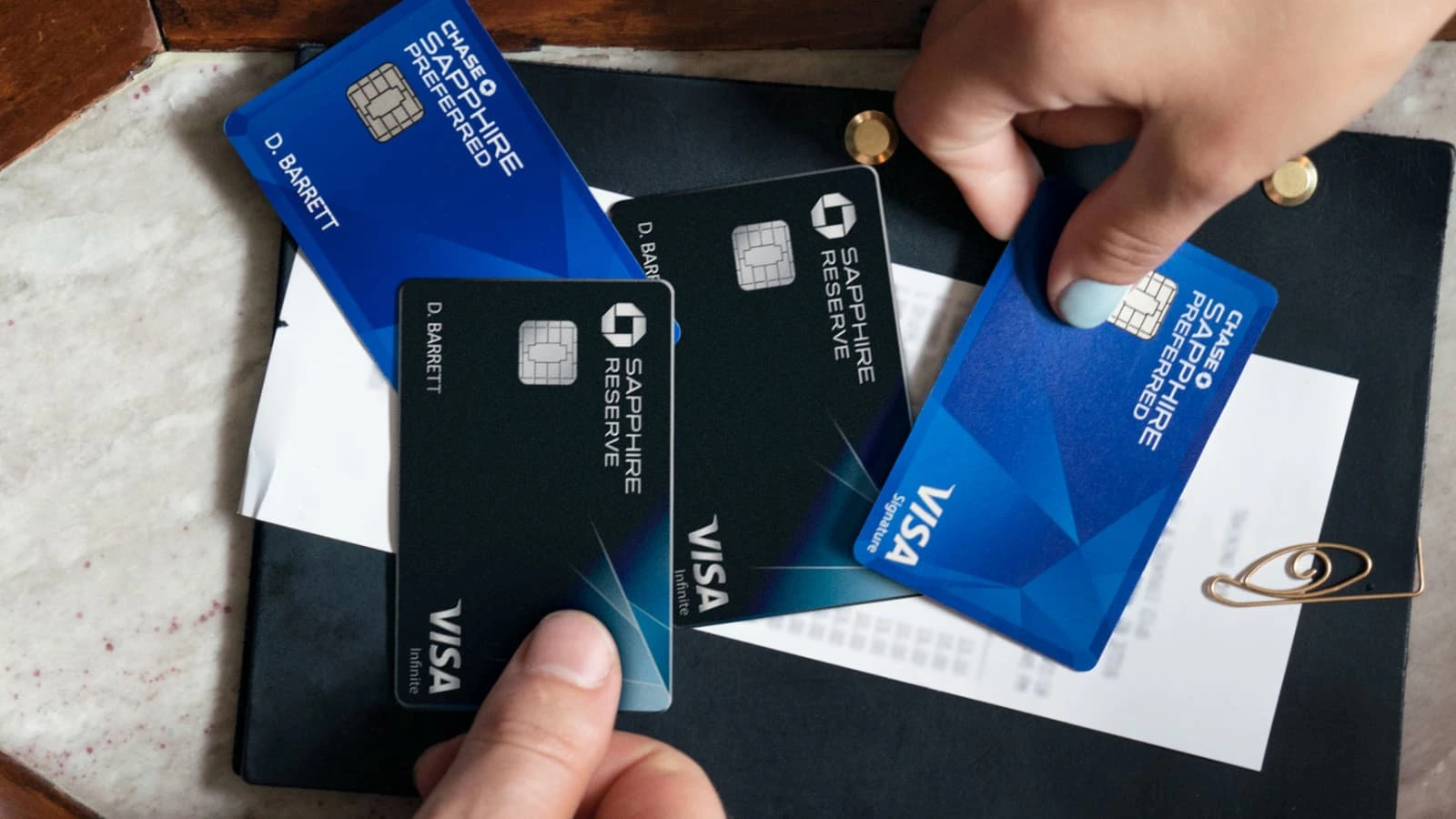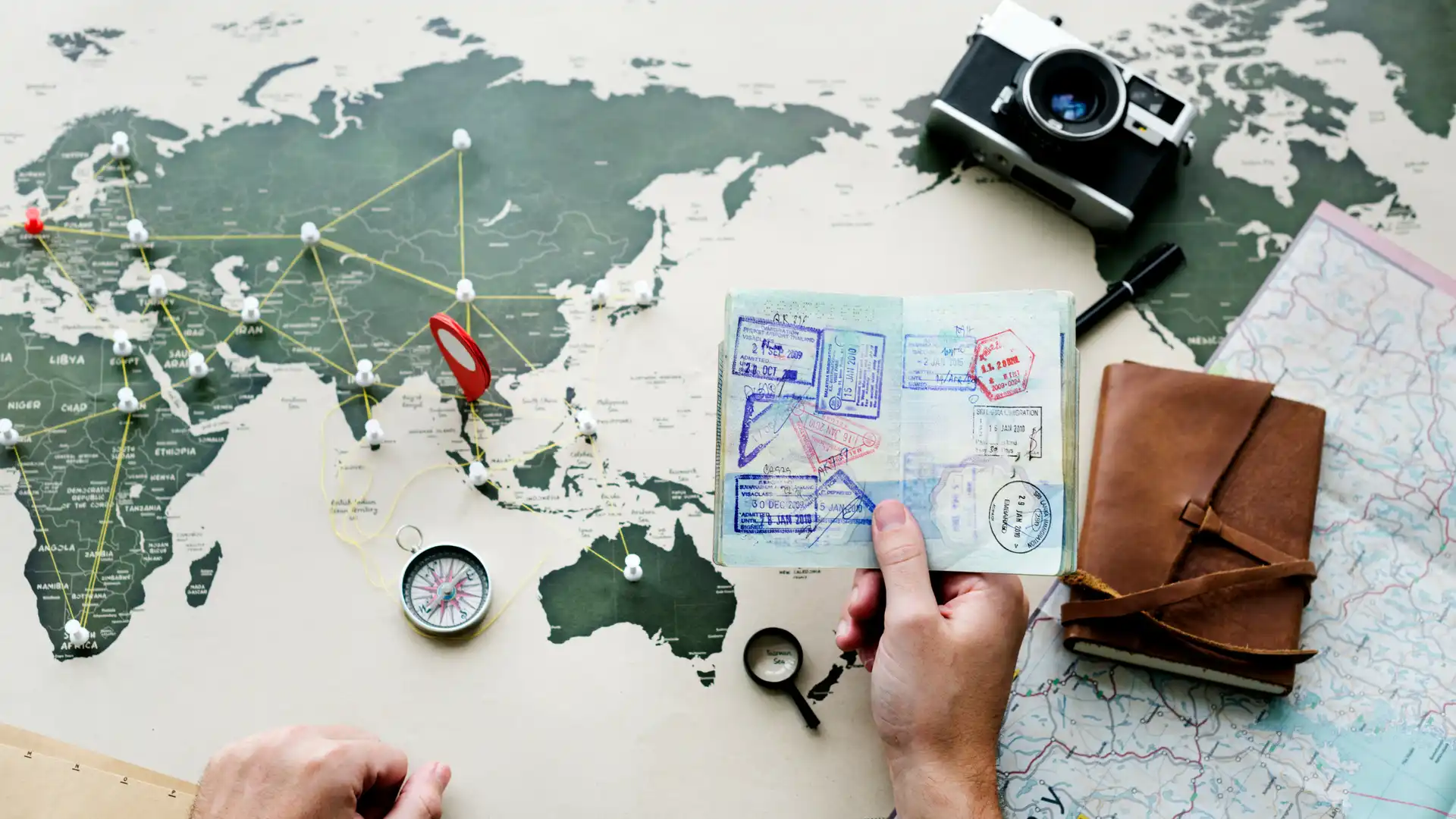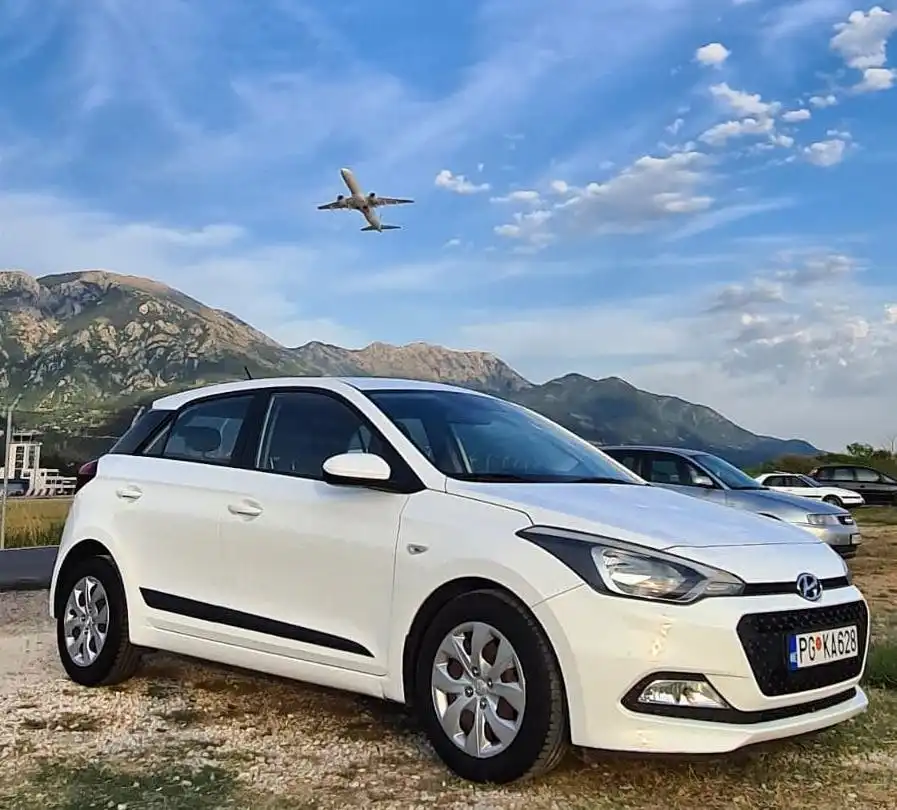Visas are an integral part of international travel, facilitating legal entry into foreign nations for various purposes such as tourism, education, employment, or permanent residency. For many, the visa application process can feel daunting, especially when trying to decipher which visa best suits their needs. This guide aims to clarify the different types of visas, their uses, and the processes involved in acquiring them. Whether you’re planning a vacation, seeking academic opportunities, or relocating for work, understanding visa categories can save you time, effort, and unnecessary complications.
Each visa type is tailored to specific activities or purposes, with unique requirements and restrictions. From short-term stays to long-term plans, selecting the correct visa is crucial for a hassle-free experience. This comprehensive guide will provide in-depth insights into the various visa types, along with detailed steps to apply for a tourist visa. With this knowledge, you’ll be well-prepared to navigate the complexities of international travel.
Let’s explore the world of visas in detail to determine the best option for your journey.
Types of Visas: An In-Depth Look
1. Tourist Visa: Explore the World
A tourist visa is issued to travelers seeking to visit a foreign country for leisure, sightseeing, or recreational purposes. It is the most common visa type, often granted for short stays ranging from a few days to several months. While a tourist visa allows you to explore the culture, landmarks, and attractions of the destination, it typically prohibits engaging in work or business activities.
Key Features:
- Duration: Usually short-term (1–6 months).
- Requirements: Proof of financial stability, travel itinerary, and accommodation.
- Examples:
- Schengen Visa: Grants access to 27 European countries.
- B-2 Visa (USA): For leisure travelers in the United States.
- Thailand Tourist Visa: A popular choice for tropical vacations.
Tourist visas are ideal for those seeking short-term travel experiences without work commitments. Ensure all documents are accurate and complete for smooth approval.
2. Student Visa: Gateway to Education
A student visa is essential for individuals pursuing education in a foreign country. Whether attending school, college, or university, this visa allows you to enroll in academic or vocational programs. Most student visas include provisions for part-time work, enabling students to support themselves financially while studying.
Key Features:
- Duration: Covers the length of the academic program, with options for extension.
- Requirements: Proof of admission, financial support, and health insurance.
- Examples:
- F-1 Visa (USA): For academic programs in US institutions.
- Tier 4 Visa (UK): Covers students in the United Kingdom.
- Study Permit (Canada): For education in Canadian universities and colleges.
Student visas often include strict conditions regarding work hours and the type of employment permitted. Understanding these rules is critical for maintaining visa compliance.
3. Work Visa: Build Your Career Abroad
A work visa enables individuals to take up employment in a foreign country. These visas are often sponsored by an employer, requiring proof of a job offer before applying. Depending on the nature of work and the issuing country, work visas may be temporary or permanent.
Key Features:
- Duration: Tied to the employment contract; renewal is often required.
- Requirements: Job offer, qualifications, and work permits.
- Examples:
- H-1B Visa (USA): For specialized professionals.
- Skilled Worker Visa (Australia): For highly skilled employees.
- General Work Visa (South Africa): For approved professions.
Work visas are often specific to certain industries or roles, making it important to match your skills with the country’s requirements.
4. Business Visa: Professional Endeavors
A business visa is designed for individuals conducting business activities such as attending meetings, signing contracts, or participating in conferences. While this visa does not allow full-time employment, it provides a convenient option for short-term professional visits.
Key Features:
- Duration: Usually valid for several weeks to months.
- Requirements: Proof of business activities, such as invitation letters or event registrations.
- Examples:
- US B-1 Visa: For business travelers to the United States.
- Canada Business Visa: For attending professional events in Canada.
Business visas are best suited for professionals requiring temporary access to international markets.




















As I website owner I believe the subject matter here is real great, thanks for your efforts.